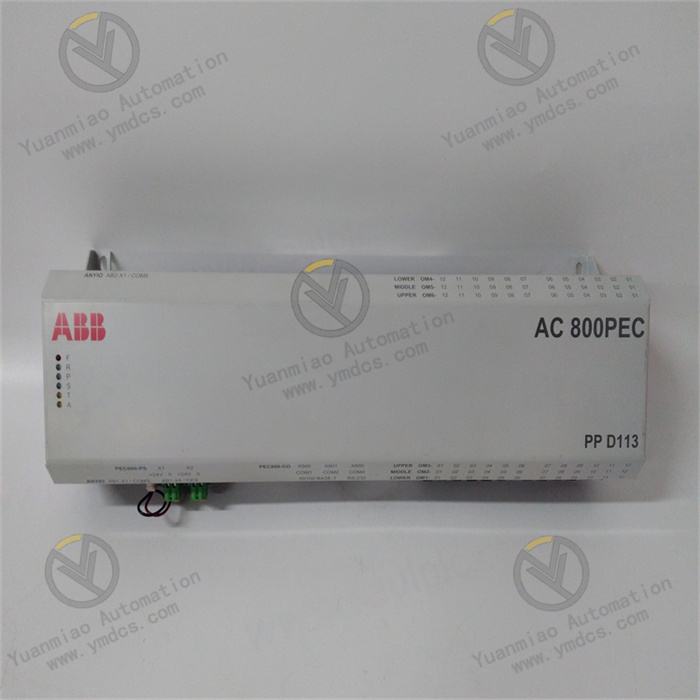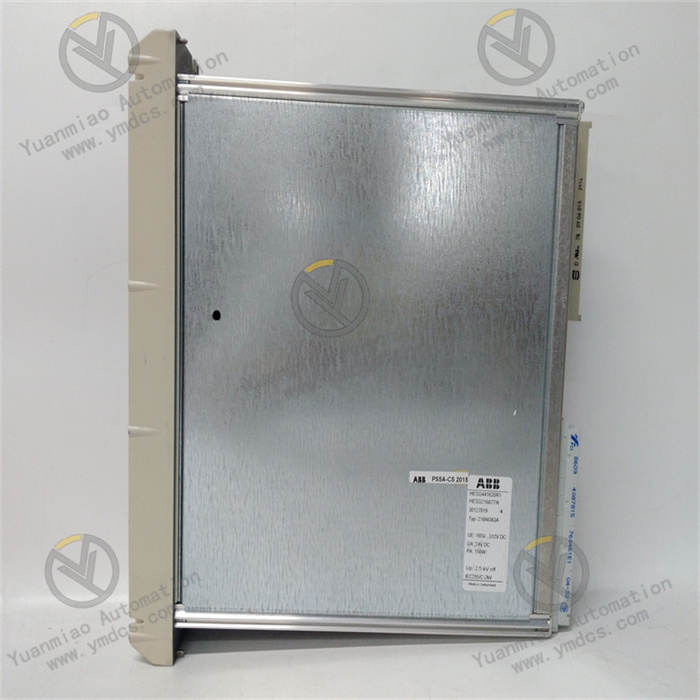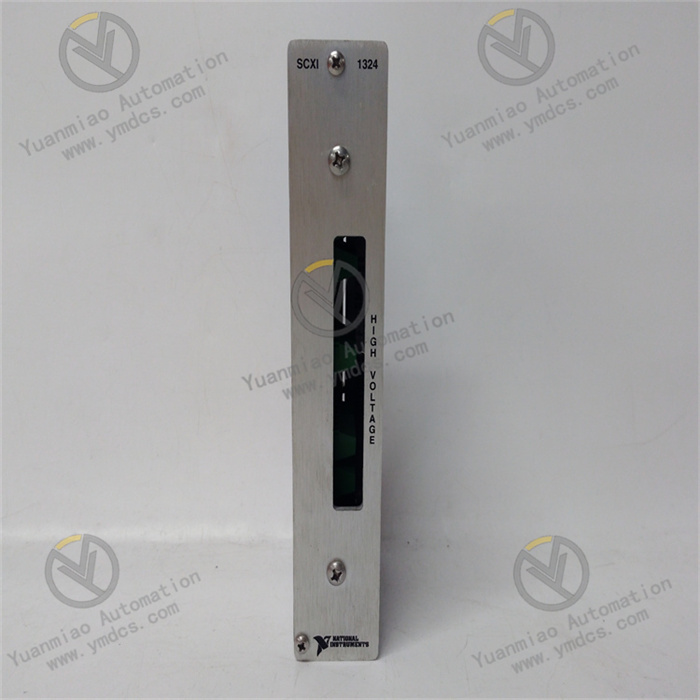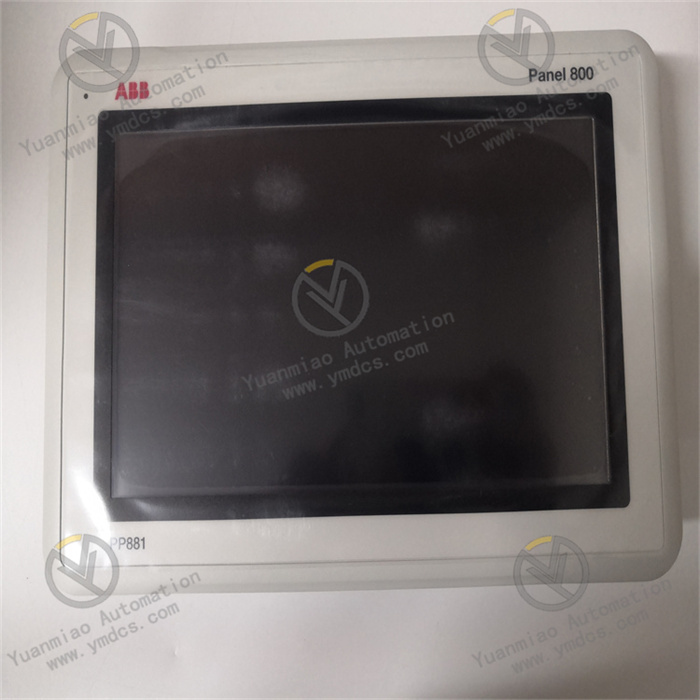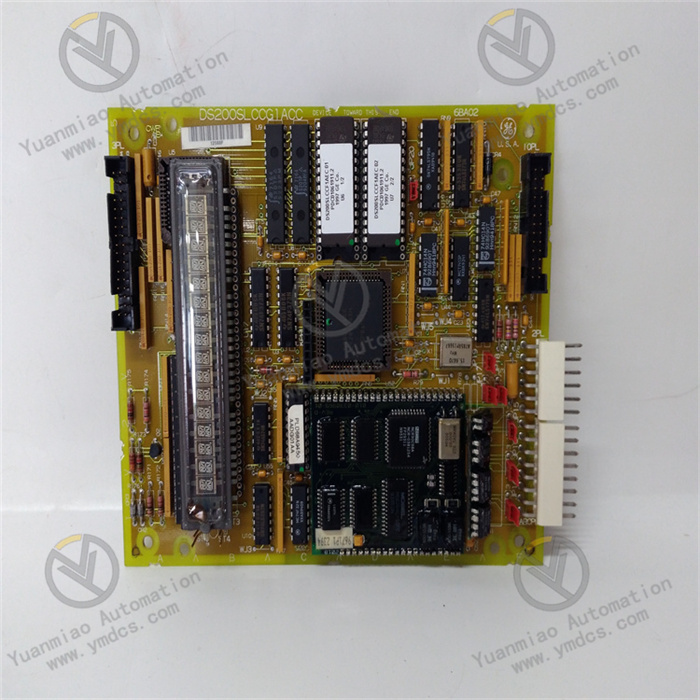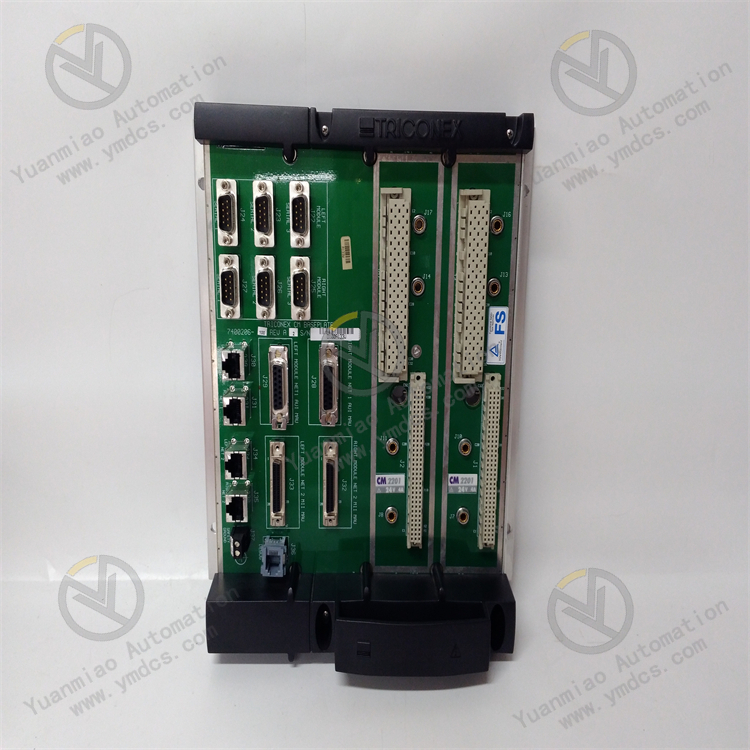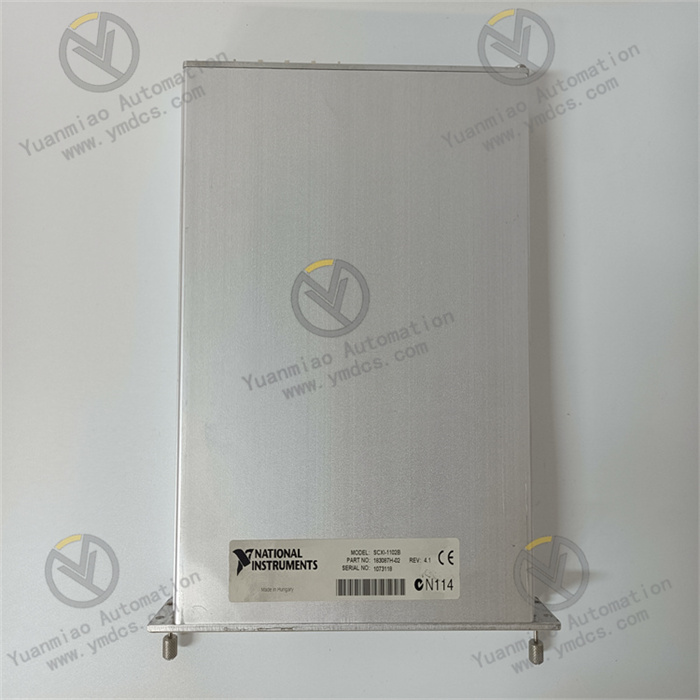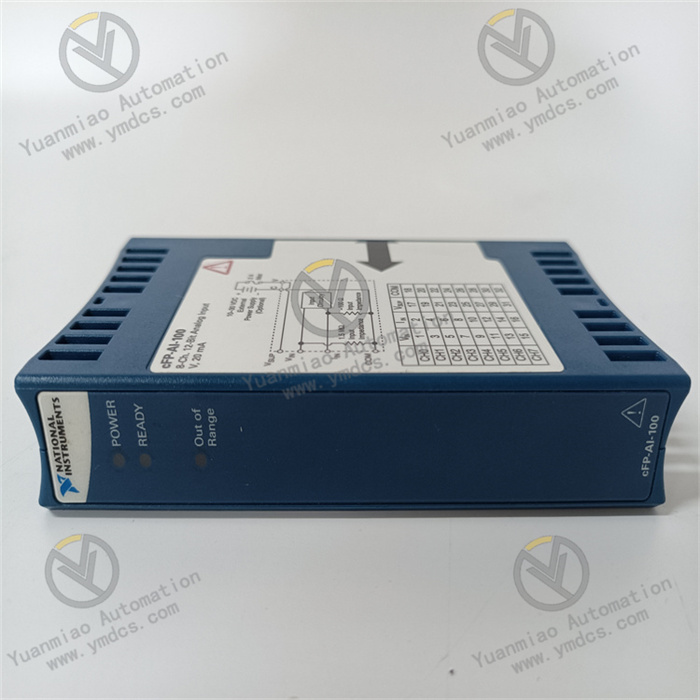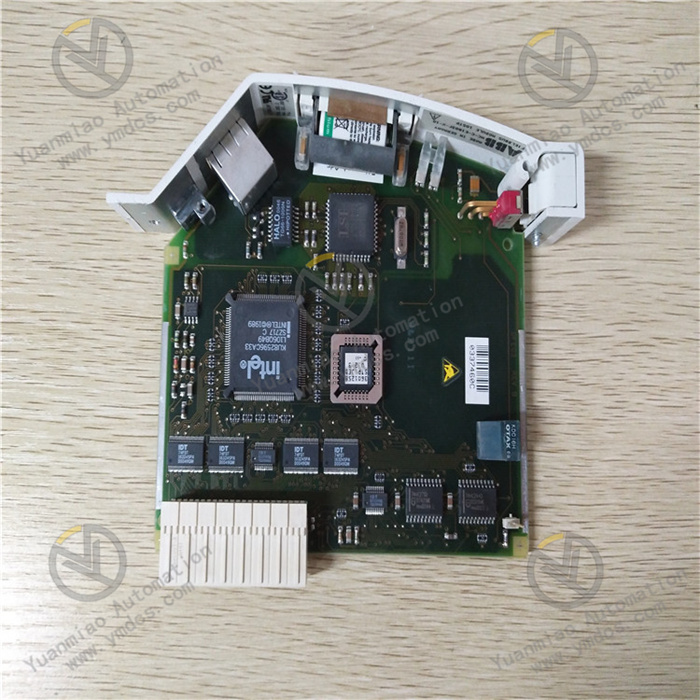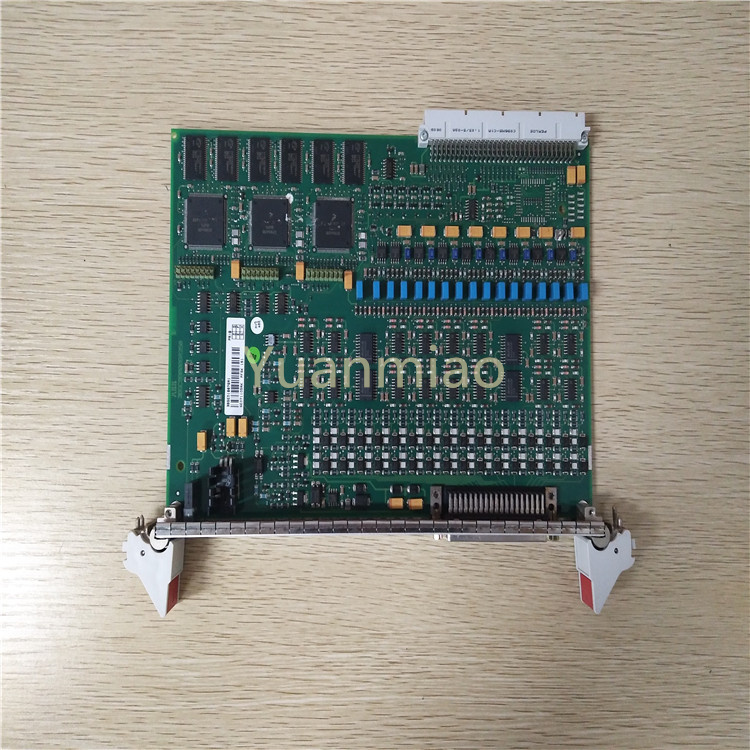Description
ABB PPD113B01-20-111000
ABB PPD113B01-20-111000 is a component of the UNITROL 6000 X-power excitation control system. The excitation control system is generally composed of two main parts: the excitation power unit and the excitation regulator. It is widely used in power industry sites such as power plants and is suitable for various types of synchronous generators, including steam turbines and hydro turbines, providing critical excitation control support for the stable operation of generators and reliable power output. It may also be used in industries with high requirements for power supply stability and reliability, such as petrochemicals, rail transit, and aerospace, to ensure the safe and stable operation of related equipment and systems.
The UNITROL 6000 X-power excitation control system has the following characteristics:
- High Reliability: Adopting advanced design and manufacturing processes, it has high stability and reliability, capable of long-term stable operation in various complex industrial environments, providing a reliable guarantee for the excitation control of synchronous generators.
- Precision Control: It can accurately control the DC excitation current of the synchronous generator rotor winding. Through the excitation regulator, the output of the excitation power unit is precisely adjusted according to the input signal of the control requirement and the given adjustment criteria, thereby achieving precise control of generator voltage, reactive power, and other parameters, helping to improve the stability of the power system and power quality.
- Rich Functions: In addition to basic excitation control functions, it may also have multiple protection functions, monitoring functions, and communication functions. For example, overcurrent protection, overvoltage protection, under-excitation protection, etc., can timely detect and handle abnormal conditions in the system to protect the safety of generators and other equipment. At the same time, it can monitor the operating parameters of the generator in real time and transmit relevant information to the host computer or other control systems through communication interfaces for remote monitoring and management.
Technical Parameters of ABB PPD113B01-20-111000 Power Module
1. Electrical Parameters
| Parameter | Description |
|---|---|
| Rated Power | Typically 20kW (the "20" in the model may represent this parameter) |
| Input Voltage Range | DC input: Usually adapted to the DC power supply of the excitation system (e.g., 220VDC or 110VDC) |
| Output Voltage Range | Adjustable DC voltage for excitation control (e.g., 0–200VDC, subject to the manual) |
| Output Current Range | Typical value 0–100A (needs to be combined with excitation system requirements, may support overload capacity such as 150% short-term overload) |
| Efficiency | Higher than 90% (high-efficiency design reduces energy consumption) |
| Frequency Response | Supports dynamic response (e.g., frequency response characteristics during fast adjustment of the excitation system) |
2. Mechanical and Environmental Parameters
| Parameter | Description |
|---|---|
| Dimensions | Standard rack-mounted size (e.g., 1U or 2U height, 19-inch rack mounting) |
| Weight | Approximately 5–8kg (metal casing with good heat dissipation) |
| Operating Temperature | -10°C–+50°C (industrial-grade wide-temperature design supporting harsh environments) |
| Storage Temperature | -20°C–+70°C |
| Humidity | 5%–95% non-condensing |
| Protection Class | IP20 (indoor installation, protection against solid foreign objects) |
3. Control and Communication
| Parameter | Description |
|---|---|
| Control Mode | Supports analog control (e.g., 4–20mA or 0–10V input) and digital communication (e.g., MODBUS RTU) |
| Communication Interface | RS-485 or Ethernet (optional, for remote monitoring and parameter configuration) |
| Protection Functions | - Overvoltage protection (OVP) - Overcurrent protection (OCP) - Overheat protection (OTP) - Short-circuit protection (SCP) |
| Redundancy Design | Supports parallel redundancy (some models to improve system reliability) |
4. Application Characteristics
- Dynamic Response Capability:
Quickly adjusts output voltage/current to meet the real-time control requirements of the excitation system for generator reactive power. The response time is typically in the millisecond range (e.g., <10ms) to meet the stability requirements of the power system. - High-Precision Control:
Output voltage/current accuracy: ±1% of the rated value (typical value) to ensure the stability of the excitation current. Ripple coefficient: ≤2% (low-ripple design reduces electromagnetic interference to the generator). - Reliability Design:
Uses IGBT power devices and full-bridge topology to support long-term full-load operation. Built-in cooling fan (intelligent temperature-controlled start/stop) reduces noise and extends service life.
Main Functions
- Providing Excitation Power: As a power unit in the excitation control system, PPD113B01-20-111000 converts the input power into DC excitation current suitable for the synchronous generator rotor, providing the energy required for establishing the generator's magnetic field to ensure the generator can operate normally and output stable electrical energy.
- Regulating Excitation Current: According to the control signals from the excitation regulator, this power module can precisely adjust the output excitation current. When the generator load changes, adjusting the excitation current maintains the generator terminal voltage at the set value while reasonably distributing reactive power among parallel-running units.
- Fault Protection and Monitoring: The power module typically has protection functions such as overcurrent protection, overvoltage protection, and overheat protection to prevent damage to itself and other equipment due to abnormal conditions. In addition, it may feedback its operating status information to the control system for real-time monitoring and fault diagnosis, ensuring the safe and reliable operation of the excitation system.

Common Faults and Cause Analysis of ABB PPD113B01-20-111000 Power Module in Actual Operation (for reference)
1. Power Supply-Related Faults
- No Output Voltage/Current
- Abnormal input power (e.g., low voltage, phase loss, blown fuse).
- Damage to the internal power supply circuit of the module (e.g., switch power supply failure, aging and bursting of filter capacitors).
- Communication interruption between the power module and the control system, resulting in no start signal received.
- Possible Causes:
- Typical Symptoms: Module indicator lights are off, and the generator terminal voltage cannot be established.
- Unstable Output Voltage/Current
- Large fluctuations in input power exceeding the module's allowable range.
- Performance degradation or damage of internal power devices (e.g., thyristors, IGBTs), leading to insufficient regulation accuracy.
- Poor contact in the control signal transmission line (e.g., loose terminal blocks), causing abnormal feedback signals.
- Possible Causes:
2. Hardware Damage-Related Faults
- Overheating or Burning of Power Devices
- Cooling system failure (e.g., fan stop, serious dust accumulation on heat sinks leading to poor heat dissipation).
- Long-term overload operation exceeding the module's rated power capacity.
- Sudden changes in generator load or short circuits causing instantaneous overcurrent.
- Possible Causes:
- Typical Symptoms: Abnormal temperature rise in the module, internal burning smell, or triggering of overheat protection tripping.
- Circuit Board Faults
- Aging of electronic components (e.g., resistance/capacitance drift of resistors and capacitors).
- Corrosion and short circuits of circuit boards due to high humidity.
- Surge voltage or electromagnetic interference (EMI) breaking down components (e.g., voltage regulator diodes, integrated circuits).
- Possible Causes:
- Typical Symptoms: Frequent communication faults, parameter disorders, or abnormal outputs in the module.
3. Communication and Control-Related Faults
- Communication Interruption
- Poor contact or cable damage at the communication interface (e.g., fiber, RS-485).
- Mismatch between the communication protocol of the module and the excitation regulator or incorrect parameter settings.
- Signal transmission distortion caused by electromagnetic interference (e.g., operation of adjacent high-current equipment).
- Possible Causes:
- Typical Symptoms: The host computer cannot read the module status, or the module indicator lights show communication anomalies (e.g., flashing red lights).
- Abnormal Control Signals
- Incorrect control signals output by the excitation regulator (e.g., analog signals exceeding the range).
- Faults in the internal signal processing circuit of the module (e.g., damage to analog-to-digital conversion chips).
- Possible Causes:
- Typical Symptoms: The module fails to respond to adjustment commands, or the output does not match the control signals.
4. False Activation of Protection Functions
- False Triggering of Overcurrent Protection
- Deviation in the accuracy of current detection components (e.g., transformers) or damage.
- Improper setting of protection thresholds below normal operating peak currents.
- Possible Causes:
- Typical Symptoms: The module suddenly trips under normal load, reporting an "overcurrent fault."
- False Triggering of Overheat Protection
- Faults in temperature sensors (e.g., poor contact, resistance drift).
- Serious dust accumulation inside the module leading to falsely high temperature readings.
- Possible Causes:
- Typical Symptoms: The module triggers protection shutdown before reaching the rated temperature.
5. Other Common Issues
- Mechanical Connection Faults: Loose terminal block screws or Shake of module mounting brackets, leading to poor contact or vibration damage to internal components.
- Environment-Related Faults: Dust and oil entering the module, causing insulation degradation or poor heat dissipation; in high-altitude areas, thin air may reduce heat dissipation efficiency.
Fault Troubleshooting Recommendations
- Preliminary Inspection:
- Observe the status of module indicator lights and consult the manual to confirm the meaning of fault codes.
- Measure whether the input power voltage and output current/voltage are within the rated range.
- Check the firmness and normality of mechanical connections (e.g., cables, terminals, cooling fans).
- In-Depth Diagnosis:
- Use an oscilloscope to detect whether the control signal waveform is stable and eliminate interference issues.
- Read the internal parameters of the module (e.g., temperature, device status) through the diagnostic software of the excitation control system.


